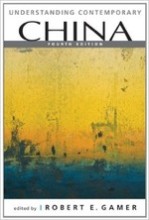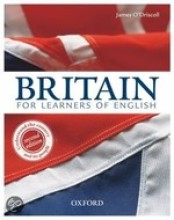News Values
12 important questions on News Values
Reference to elite nations (News factors according to Galtung & Ruge)
Reference to elite persons (News factors according to Galtung & Ruge)
Conflict (News factors according to Galtung & Ruge)
- Higher grades + faster learning
- Never study anything twice
- 100% sure, 100% understanding
Consonance (News factors according to Galtung & Ruge)
Continuity (News factors according to Galtung & Ruge)
Composition (News factors according to Galtung & Ruge)
Competition (News factors according to Galtung & Ruge)
Co-optation (News factors according to Galtung & Ruge)
Prefabrication (News factors according to Galtung & Ruge)
Predictability (News factors according to Galtung & Ruge)
Time constraints (News factors according to Galtung & Ruge)
Logistics (News factors according to Galtung & Ruge)
The question on the page originate from the summary of the following study material:
- A unique study and practice tool
- Never study anything twice again
- Get the grades you hope for
- 100% sure, 100% understanding





























